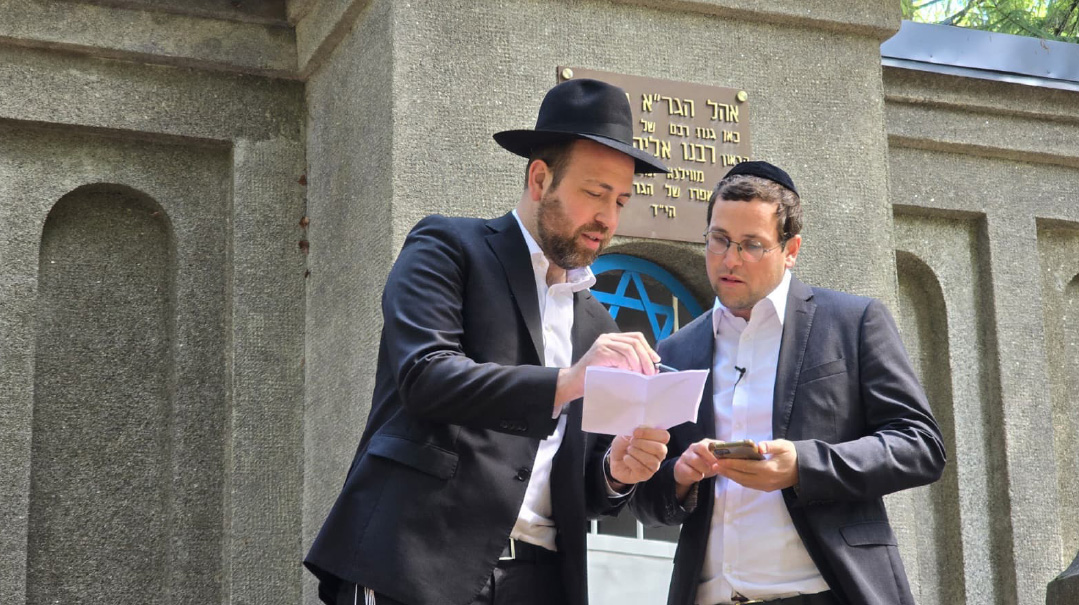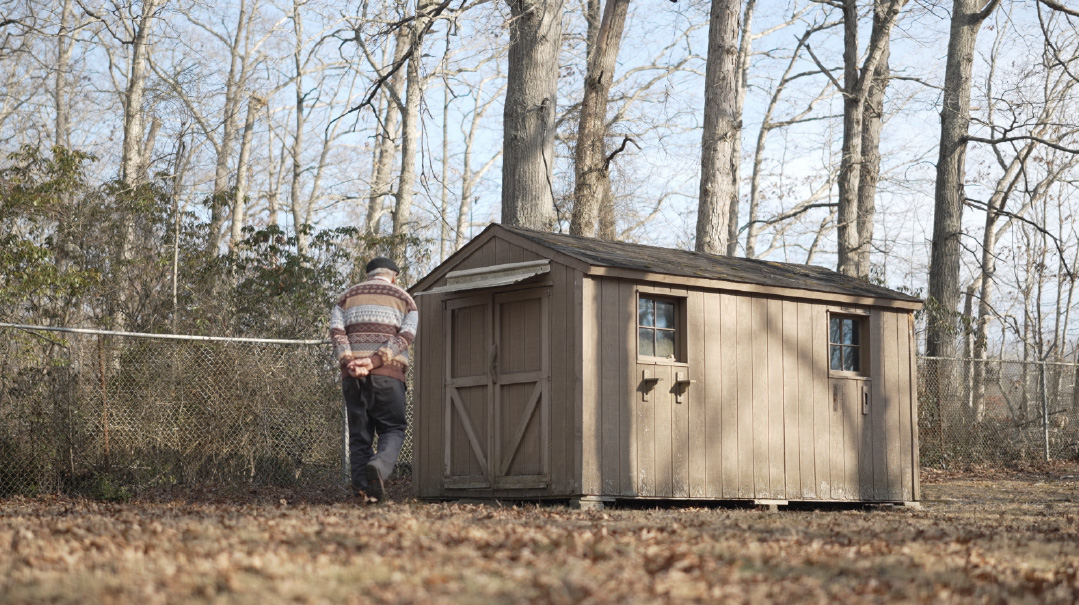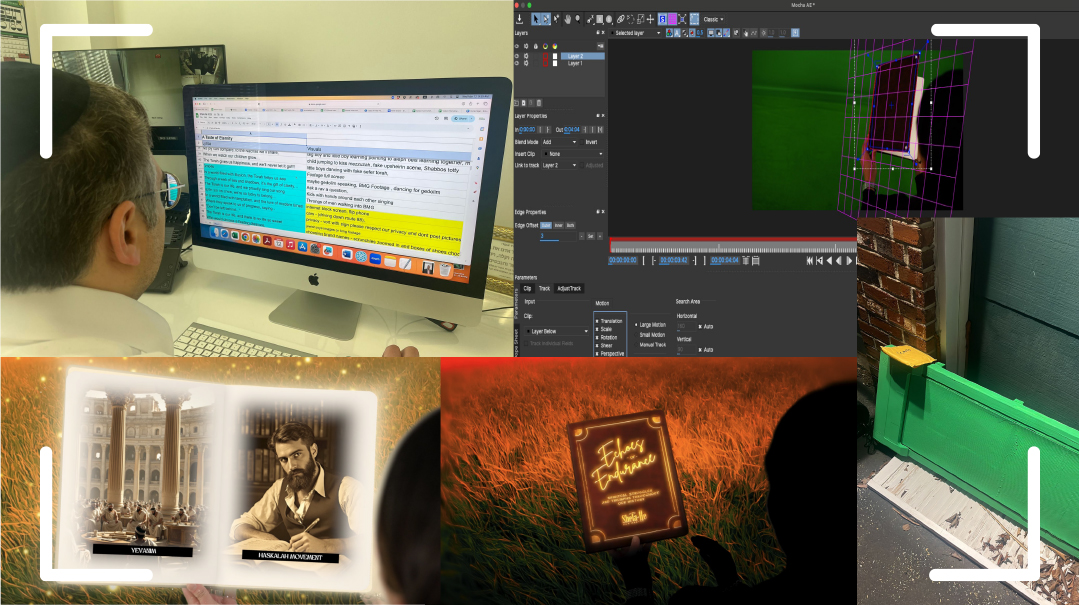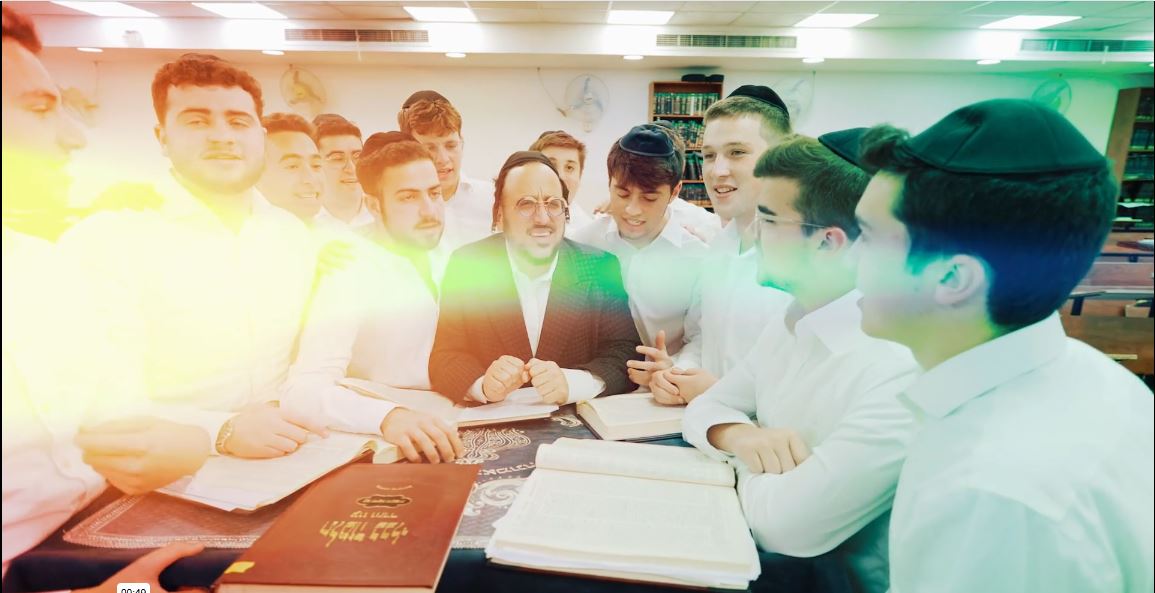Deal & Runner
| August 8, 2023A piece like this can take weeks to produce, but that isn’t obvious to most people. So why all the time and effort on these small details?
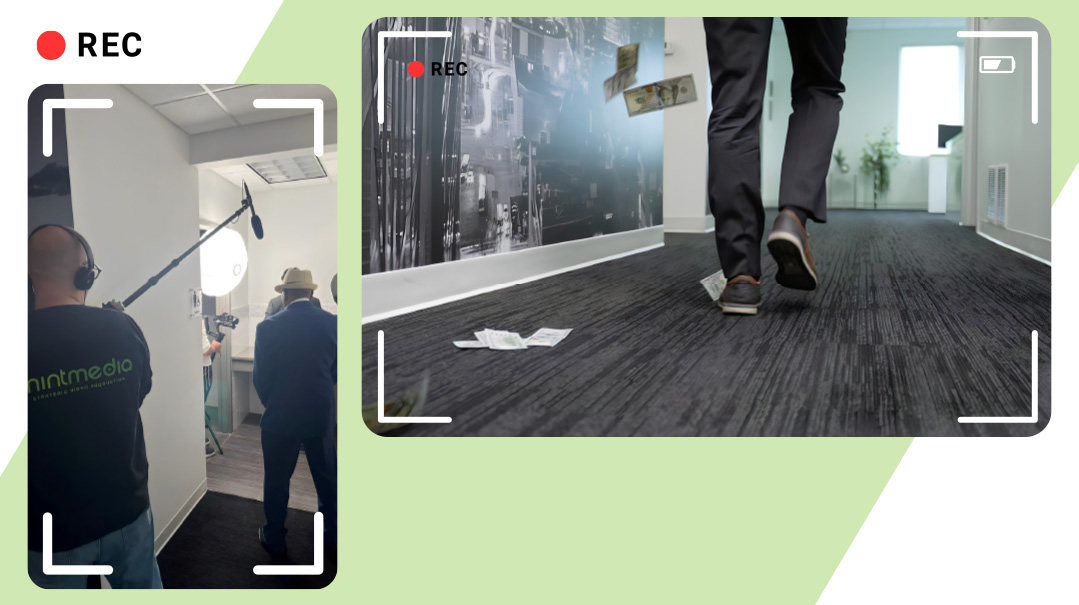
Client: Deal & Runner, a new platform for buying groups
Objective: Create a 3-minute video giving a brief overview of the platform and generating excitement for the concept
Film locations: 4 in Lakewood: The Upper Crust, The Gym Lakewood, a local park, and Mint Media office and studio
Actors: 2: main character and “mascot”
Project Deadline: July 2023
The Proposal
Boruch, a successful businessman who doesn’t want to be identified by his last name, called to tell me he’s about to launch Deal & Runner, an online platform that will revolutionize the buying group market.
“What market is that?” I asked. “Buying group?”
Large chain stores run deeply discounted specials on popular items, he explained — but they place limits on the amount you can buy. Along comes a smaller retailer who wants to boost his stock with these low-cost, high-value items, so he’ll ask friends, family, and buying groups to purchase the items privately and sell them to him. Beefing up inventory with low-cost items makes a real difference to the retailer’s bottom line, and those who buy the product to sell to him make money with commissions from him or from credit card rewards for their purchases.
The idea behind Deal & Runner is to modernize the buying group concept, creating a controlled, secure platform on which buyers and sellers can do business at a large, safe scale.
Though Boruch knew his idea was a winner, he needed to get the word out, and he asked us to create a two- to three-minute video introducing the platform. The challenge for us would be to share all the information clearly without coming across as a tutorial, because he also wanted the video to generate excitement.
Preproduction
To get the ball rolling, I reached out to a scriptwriter from… you guessed it, Hollywood, California. We often prepare the script, but this was more of a nuanced project, so we opted to outsource that element.
Oops! We could not locate your form.

